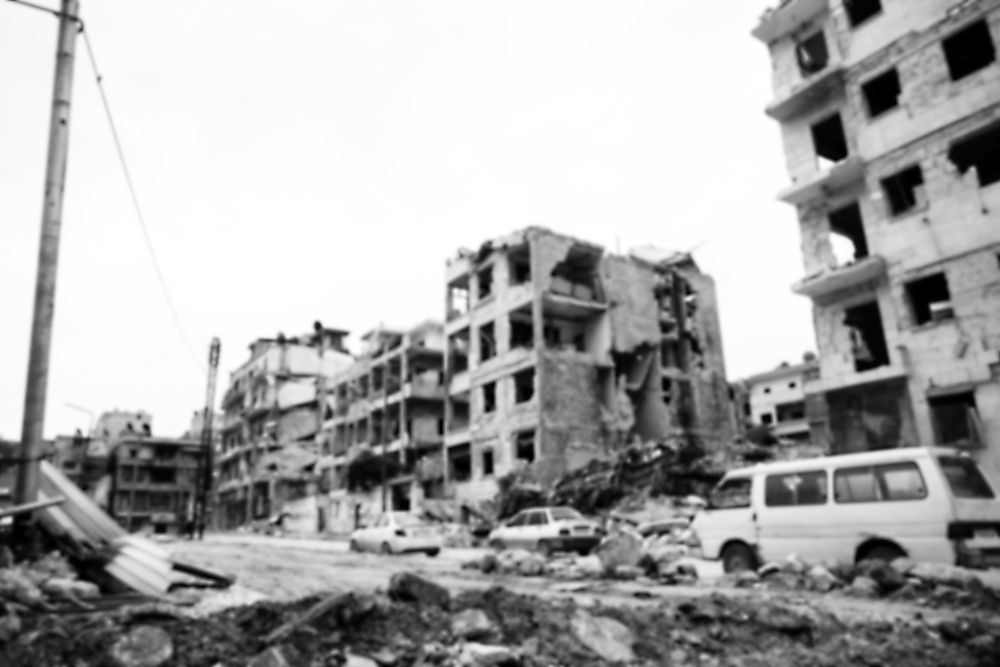What is Urbicide?

Urbicide is a term that literally translates to “violence against a city.” The term was coined by Michael Moorcock in 1963 and was later used in the 1960s by those who criticized the restructuring of the United States. The term came into being in the age of rapid globalization and urbanization. The rapid globalization has led to increased violence and destruction within the cities rather than the surrounding areas. Physical destruction of a city is the most obvious form of urbicide. However, urbicide may occur in several unnoticeable forms such as government designating certain areas of a city as slums or zoning of cities. Urbicide can either be direct or indirect.
Direct Urbicide
Direct urbicide is the direct deliberated material destruction of urban areas. It is the most common type of urban destruction throughout the world. Extreme urbicide is the complete destruction of urban areas with an attempt to completely destroy its identity. The destruction of urban areas does not only focus on buildings but includes anything which gives the city an identity. Extreme urbicide takes place alongside other forms of violence such as political and civil violence like genocide and ethnic cleansing. Another form of direct urbicide is the destruction of buildings of specific typology or with symbolic meaning to the city such as religious, national, and cultural buildings. This is an effort to erase the collective memory embodied in such historical buildings. The third case of direct urbicide is the wanton destruction of the urban environment including all types of buildings. In this case, the whole built environment is under assault as it happened in the destruction of Nablus Old Town.
Indirect Urbicide
Indirect urbicide involves measures and actions which contribute to the detriment of an urban area. The actions and measures are often less physically visible but involve laws, measures, and actions that cause indirect destruction to the city. Indirect urbicide may involve urbicide by construction or urbicide by control.
Cases Of Urbicide
Destruction of cities is part of history and a present activity in modern cities. The siege of Vukovar, led by the Yugoslav People’s Army (YPA) and supported by several Serbian paramilitaries in 1991, indiscriminately destroyed the city buildings such as schools, public facilities, factories, and houses. The systematic destruction of the city has been described by several sources including Human Right bodies as urbicide. The violence of Sarajevo between 1992 and 1995 saw the YPA besiege the city. The violence was referred to as ethnic cleansing and resulted in the complete annihilation of the Sarajevo’s built environment. The deliberate destruction of Aleppo has been described by some scholars as urbicide. In 2005, over 700,000 people were forced from their settlement in Zimbabwe in Operation Murambatsvina. The operation involved the destruction of houses, markets, and other collective settlements.











